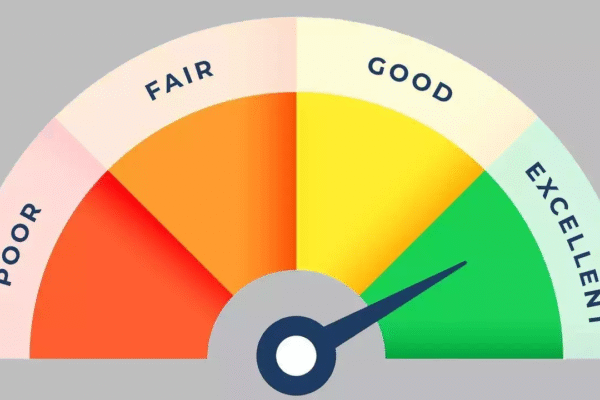
Before a bank approves your loan or credit card, it checks your credit bureau report to see how you’ve managed money—like timely payments or high borrowing. Knowing how to read a CIBIL report helps you spot issues early and improve approval chances. When you regularly check credit report entries, you stay ahead of problems and protect your financial future. Understanding what the report includes is key to taking control of your credit score and making smarter borrowing decisions.
Why Your Credit Bureau Report Matters
Your credit bureau report builds the base of your credit score, showing lenders how well you manage credit. A clean record with timely payments and low debt boosts your score, improving your chances for faster approvals and better loan terms. But if you don’t check credit report details often, unnoticed errors or missed payments can harm your score. Knowing how to read a CIBIL report helps you catch and correct these issues early, keeping your financial plans on track.
Key Components of a Credit Bureau Report
Here is what you need to understand to confidently check credit report information and take charge of your credit health:
Personal Details
Shows your name, gender, date of birth, and ID proofs like PAN and Aadhaar linked to your credit history.
Contact Information
Lists your current and previous phone numbers, email IDs, and residential addresses for identity verification.
Employment and Income
Displays your employer’s name and your income as shared during previous credit applications.
Account Information
Summarises all your active credit cards, loans, balances, credit limits, and repayment history.
Payment History
Shows how consistently you repay EMIs and card bills, helping you learn how to read a CIBIL report clearly.
Credit Enquiries
Lists all lenders who recently reviewed your report, with too many enquiries possibly affecting your score.
CIBIL Score or Equivalent
Includes your current credit score, typically ranging from 300 to 900, based on your repayment behaviour and credit usage.
How to Check Credit Report Easily
Here is how you can check credit report details quickly and correctly to stay informed about your credit status:
- Visit the official website of a credit bureau like CIBIL
- Create a new user account or log in if you already have one
- Enter your PAN, mobile number, and email address as identification details
- Answer simple verification questions to confirm your identity securely
- View your credit report instantly online or choose to receive it via email
- Review your report thoroughly to spot any errors or outdated information
- Repeat this process every six months to keep your credit health in check
How to Read a CIBIL Report Without Confusion
Here are simple checks to help you clearly understand your report and learn how to read a CIBIL report with confidence:
- Start by checking your CIBIL score at the top; a score above 750 is usually considered good
- Confirm that your name, PAN, date of birth, and address are listed correctly
- Review all listed loans and credit cards to identify any unknown or suspicious accounts
- Check outstanding balances to ensure they match your latest statements or payments
- Look at the payment history and confirm there are no wrongly marked missed or delayed payments
- Examine the enquiry section for unauthorised or excessive credit checks that may affect your score
- Dispute any errors immediately, as fixing just one mistake can boost your credit health significantly
Common Mistakes Found in Credit Reports
Here are frequent errors that can harm your credit score and why you must check credit report details carefully:
- Your name, PAN, or date of birth may be listed incorrectly
- Loans that you have closed may still appear as active accounts
- Payments made on time might be wrongly marked as delayed or missed
- Loans or credit cards you never applied for could be listed under your name
- Incorrect outstanding balances may show higher dues than you actually owe
- Duplicate accounts may appear due to reporting errors by lenders
Report these mistakes to the credit bureau immediately for correction within 30 days
Conclusion
Your credit bureau report is more than just a number—it shapes your financial future. When you know how to read a CIBIL report, you take control of your credit story. By making it a habit to check credit report details often, you protect your score, correct mistakes early, and boost your chances of approval. Every responsible step you take today builds trust with lenders tomorrow. Start paying attention now—because a strong report isn’t just helpful, it’s essential.














